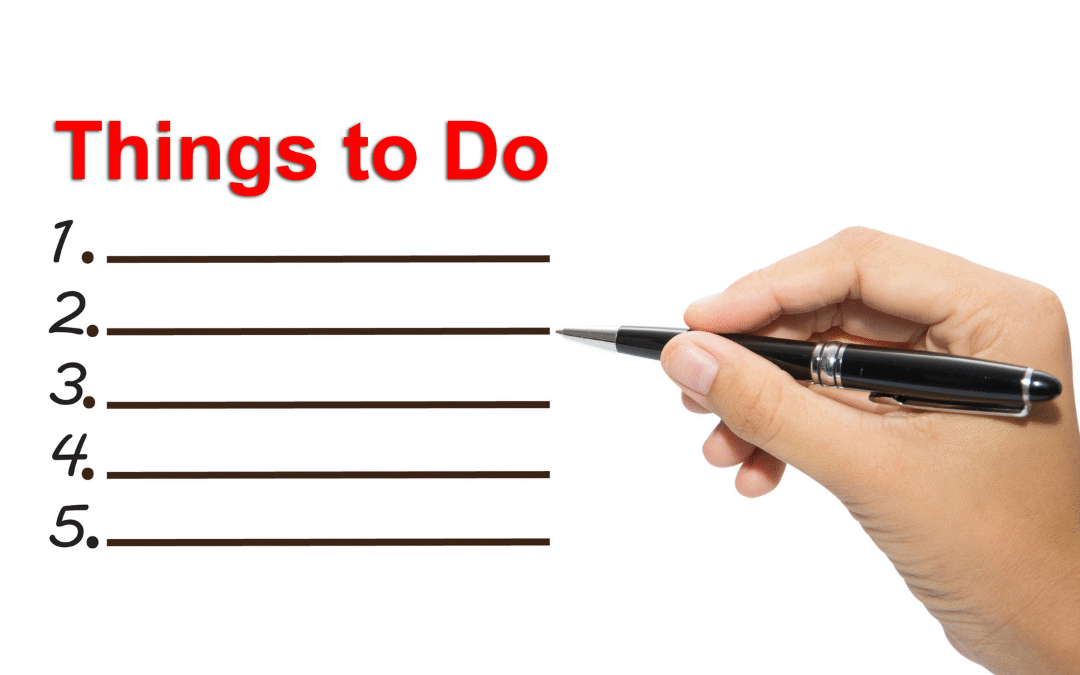With every book I pick up, I find new ideas, styles, and perspectives that enhance my writing. If you want to become a better writer, immersing yourself in a variety of genres and authors is key. This diverse reading experience not only expands your vocabulary but also helps you grasp different narrative techniques and voices. Join me as I explore how reading widely can inspire your creativity and sharpen your writing skills, making your words come alive on the page!
Key Takeaways:
- Reading diverse genres exposes writers to different styles, voices, and perspectives, enhancing their adaptability and creativity.
- Exposure to varied vocabulary and sentence structures through wide reading enriches a writer’s language skills, enabling more effective communication.
- Engaging with a range of topics and themes broadens a writer’s knowledge base, providing inspiration and depth to their own writing endeavors.
The Imagination Gym: How Diverse Genres Expand Your Creative Mind
Jumping between genres not only keeps the reading experience fresh but also serves as a workout for your imagination. Each genre brings with it distinct conventions and expectations, pushing you to think outside of your well-trodden narrative paths. This form of mental exercise blurs the boundaries of creativity, enhancing your ability to generate unique ideas and innovative storylines. Whether it’s the vivid world-building in fantasy or the punchy dialogue in contemporary urban fiction, every genre offers a unique toolkit that can reshape how you approach your own writing.
Cross-Pollination of Ideas
Dipping into a variety of genres leads to the cross-pollination of ideas, sparking unexpected connections. For instance, a mystery novel might inspire a thriller tale, weaving suspense into your writing. I’ve often found that elements from seemingly unrelated genres can be blended to create something entirely original. This fusion often results in richer, multi-layered narratives that keep readers engaged and wanting more.
Exploring New Perspectives and Voices
When I read outside my comfort zone, I’m exposed to a myriad of perspectives and voices that challenge my own viewpoints. These varied insights deepen my character development and plot construction, as I learn to portray experiences and cultures unlike my own. This practice is critical in honing an authentic and relatable writing style that resonates with a diverse audience.
Exploring perspectives and voices from different cultures, backgrounds, and life experiences not only enriches your characters but also fosters empathy within your storytelling. For instance, reading works by authors from underrepresented groups might illuminate societal issues and nuances you were previously unaware of, allowing you to craft more rounded and relatable characters. In my own experience, having read narratives about people from disparate walks of life has allowed me to incorporate their struggles and triumphs into my work, rendering my stories not just more vibrant, but also more impactful. Writing becomes a tapestry of understanding, woven from the rich threads of varied human experiences, making it imperative for every writer seeking to create meaningful literature.
Vocabulary Gluttony: Feeding Your Lexicon through Varied Reading
Every time I finish a novel or probe an article outside my usual realm, I find my vocabulary expanding in ways I never anticipated. Surrounding myself with different authors and genres has proven to be an excellent exercise for feeding my lexicon. Each new book introduces me to unique phrases, idioms, and nuances that I may not encounter in a single genre. This variety not only enriches my word bank but allows me to weave richly textured language into my own writing.
Picking Up New Words and Styles
Diving into a new genre often feels like walking into a new linguistic landscape. By immersing myself in works from various authors, I pick up expressions and vocabulary that resonate with their unique voices. Whether it’s the lyrical prose of poetry or the stark language of a thriller, each book adds a layer to my writing toolkit, enabling me to play with language in exciting new ways.
Enhancing Your Language Flexibility
My journey through diverse reading isn’t just about collecting new words; it’s a thorough exercise in language flexibility. A scientific study by the University of California found that exposure to diverse vocabulary significantly boosts creative thinking. Implementing varied phrases and sentence structures allows me to articulate my ideas more vividly, making my writing resonate with a greater audience. For instance, after reading various historical novels, I find myself experimenting with descriptive language and time-period-specific vernacular that enhances authenticity in my work. This practice is a bridge to engaging my readers more deeply, making every piece of writing feel fresh and compelling.
The Art of Structure: Learning from Masterful Storytelling Techniques
Delving into the intricacies of story structure allows you to appreciate the craftsmanship behind compelling narratives. By studying established authors, I’ve identified techniques that elevate storytelling, such as the meticulous arrangement of scenes and character arcs. Whether it’s a novel or a short story, understanding the backbone of great literature provides insight into what keeps readers engaged and wanting more.
Dissecting Narrative Arcs
Exploring the structure of narrative arcs reveals how stories bend and twist to capture our attention. Each arc typically includes exposition, rising action, climax, falling action, and resolution. When I analyze beloved novels, I notice how these components create a satisfying emotional journey, allowing me to manipulate tension and pacing in my own writing.
Understanding Pacing and Rhythm
Pacing serves as the heartbeat of a story, dictating how quickly or slowly events unfold. By observing how different authors use pacing, I’ve noted that variations can heighten tension or invoke reflection. Some stories race through action sequences, while others linger on moments that require contemplation. This balance between fast and slow can deeply affect a reader’s experience, drawing them into both the excitement and the subtleties of the plot.
Incorporating varied pacing into my own writing has transformed the way I craft narratives. Effective pacing can be achieved by combining short, punchy sentences with longer, descriptive passages. For instance, in a thriller, quick dialogue exchanges can create urgency during tense moments, while expansive descriptions allow the reader to absorb the atmosphere. Observing how authors like Margaret Atwood and Stephen King seamlessly manipulate pacing has taught me the importance of rhythm in maintaining reader engagement throughout the story’s arc.
Character Crafting: The Impact of Character-Driven Reads
Characters are the beating heart of any story, and immersing yourself in character-driven reads expands your understanding of what makes them compelling. As you engage with various narratives, you’ll notice how different authors approach character depth, motivations, and transformations. This exploration not only entertains you but equips you with diverse tools and techniques to develop your own characters. Observing how various writers make their characters multi-faceted shapes your approach to creating relatable and intriguing figures in your own work.
Modeling Complex Characters
Exploring complex characters in literature allows you to see the beauty in flaws and contradictions. Great authors, like Toni Morrison or Gabriel Garcia Márquez, breathe life into individuals who are not simply good or bad; they are richly human. These characters often embody elements of realism that resonate with readers on a profound level. By studying their nuances, you can learn to craft your own characters with similar depth and authenticity.
The Role of Character Development in Writing
Character development is a vital aspect of storytelling that determines how well your audience connects with your narrative. When characters evolve, whether through personal revelations or external conflicts, the story transforms. This development keeps readers invested as they witness challenges, triumphs, and failures. Well-crafted character arcs prompt emotional responses, longevity in memory, and discussions long after the last page is turned. Every author—from J.K. Rowling to F. Scott Fitzgerald—demonstrates the importance of this craft through characters who linger long after their stories conclude.
As I explore deeper into character development, I’ve noticed how it creates layers within the plot itself. Characters who grow, face dilemmas, or even regress offer a structure that propels the narrative forward. For instance, looking at a character’s decision-making process can reveal underlying themes and conflicts that aren’t immediately apparent. Readers engage not just with the events of the story but with the choices made by the characters, creating a dynamic interaction that heightens the overall reading experience. By continuously experimenting with and honing my character development skills, I enrich my writing and resonate more deeply with my audience.
The Consuming Reader: Building Consistency and Discipline
Establishing a daily reading routine enriches your writing by cultivating a consistent practice. The more you engage with different materials, the more you internalize styles, rhythms, and techniques. Setting aside dedicated time for reading not only fuels creativity but also creates a structured habit that can benefit your writing process. By treating reading as a crucial daily task, the discipline leverages itself, transforming you into both a better reader and writer.
Creating a Daily Reading Habit
Starting a daily reading habit can be as simple as dedicating ten minutes each morning or evening to explore a book. Setting a specific time each day turns reading into a non-negotiable appointment, making it easier to incorporate into your life. I find creating a cozy, distraction-free space enhances my reading pleasure, allowing me to immerse myself fully in the worlds crafted by other authors.
Transferring Reading Discipline to Writing Practice
Discipline in reading naturally translates to your writing routine. Just as you carve out time for reading, establishing a set writing schedule can foster consistency. The excitement and inspiration acquired from absorbing diverse materials can spark ideas for your own stories, and by regularly setting aside time to write, you build your skills and confidence as a writer.
By embracing the commitment to regular reading, you mirror this dedication in your writing practice. I’ve discovered that after engaging with a captivating novel, my desire to write intensifies, and my thoughts flow more easily. Tracking my daily word count or setting goals can help maintain momentum, mirroring the discipline I cultivated through reading. As I weave both practices into my routine, I not only become a more versatile writer but also unlock a deeper understanding of narrative structure, character development, and stylistic nuances—everything I gleaned from the diverse reading material I consumed consistently.
Final Words
Conclusively, I’ve discovered that reading widely has truly enriched my writing journey. By exploring into various genres and styles, I gain fresh perspectives and techniques that I can apply to my own work. It’s like absorbing a treasure trove of inspiration and ideas that helps me express myself better. So, I encourage you to explore the diverse world of literature; you might just find the spark to elevate your writing to new heights!
FAQ
Q: How does reading different genres enhance my writing skills?
A: Exploring various genres exposes you to diverse writing styles, techniques, and perspectives. For instance, reading fiction can help you develop character-building skills, while reading non-fiction can enhance your ability to present facts and arguments clearly. By understanding how different authors convey their messages and develop narratives, you can incorporate those elements into your own writing, making it richer and more versatile.
Q: In what ways can reading widely improve my vocabulary and language use?
A: Engaging with a wide range of texts introduces you to new vocabulary, idiomatic expressions, and grammatical structures. When you encounter words and phrases in context, it aids retention and comprehension. Furthermore, seeing how different authors use language creatively encourages you to experiment with your own vocabulary in unique ways, ultimately leading to a more expressive and polished writing style.
Q: Can reading extensively help me identify effective narrative techniques?
A: Absolutely! By reading a variety of authors, you can identify successful narrative techniques such as pacing, point of view, and dialogue management. Observing how others craft their stories helps you recognize effective methods for engaging readers. This awareness allows you to develop your own voice and structure your narratives in a way that captivates an audience, enhancing your overall storytelling ability.








